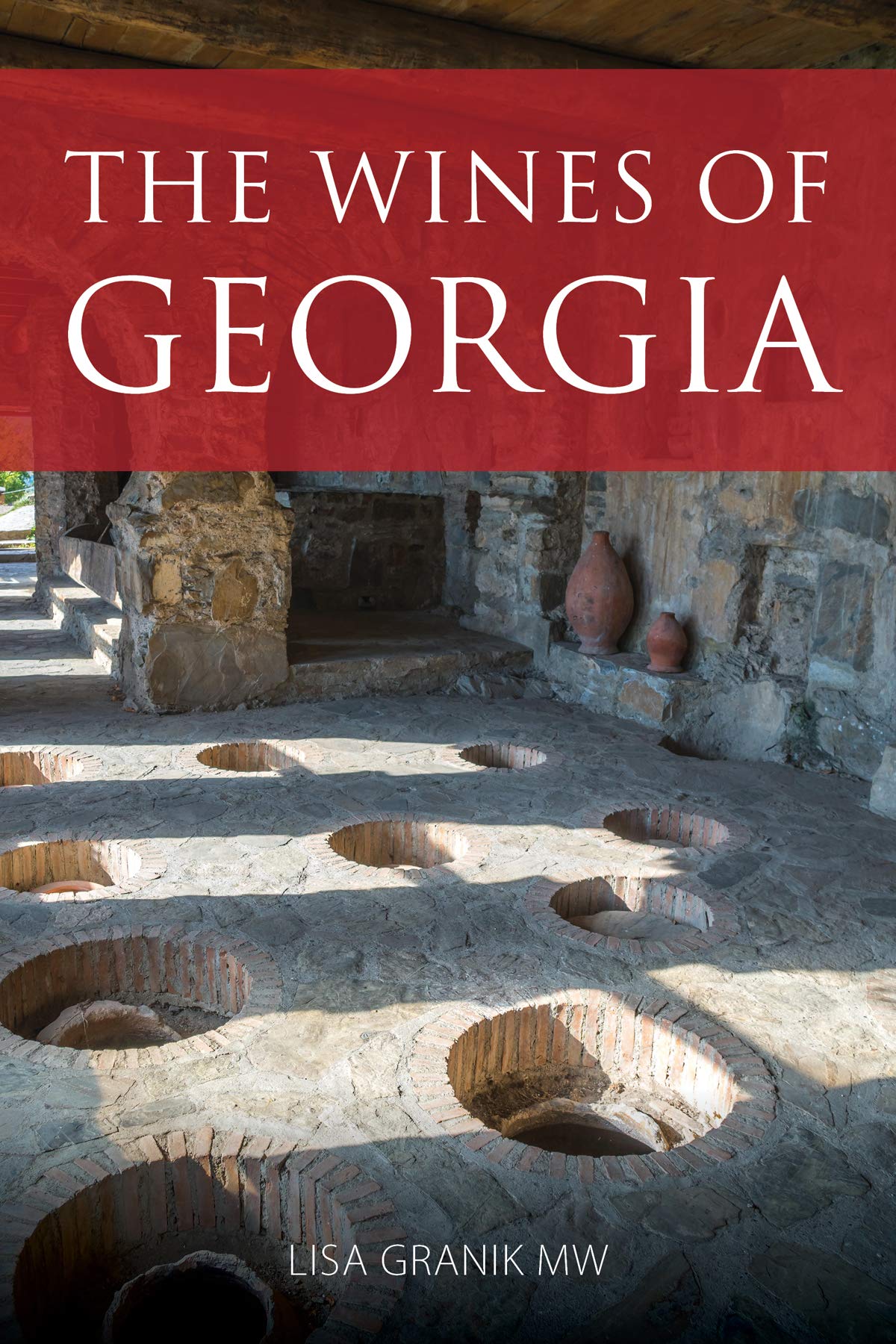The year 2020 could be considered a year of forced creativity. When you factor in the many pivots people made when faced with the inability to travel, work in an actual office, etc., you soon realize there was little choice in participating in this innovative new world. Travel through the tastes of wine is now highly fashionable and easily available with Zoom virtual tastings.
Once you’ve experienced an exotic wine tasting such as a few produced by Wines of Georgia, you’ll most likely be teased and prompted to learn more. Thanks to Lisa Granik, you can satiate your thirst for Georgian wine knowledge and read up on “The Wines of Georgia,” published in 2020. Granik shares her journey in discovering these exotic grape varietals within a country that continues to steal the hearts of those who visit.
About those ancient grapes
Until you actually visit, you can learn more about these wines, such as the staple of Georgian grapes, Saperavi. According to Granik,
The diversity of clones and varieties of Saperavi attests to the ancient nature of the grape. Ampelographers studying Saperavi over 150 years have discussed at least seventeen variations and clones.
Within Granik’s chapter on Georgian grape varieties, she mentions the trending white grape varietal, Kisi. Did you know SunWine’s Kisi Qvevri was awarded a gold medal this year by TEXSOM? This is indigenous to Kakheti grape is known to be finicky to grow. It’s typically made inside the traditional qvevri — skins, stems and seeds — which attributes to its amber color, also in the space of orange wines. According to Granik, it’s a grape that is sometimes used to make fortified wine, especially given the tenuous conditions of susceptibility to mildew. She makes a good point in that kisi is one of the easiest-to-pronounce of the Georgian grape varietals.
For instance, try to say Rkatsiteli, considered Georgia’s most noble varietals. Its name is broken down as rka, which translates to vine cane. Tsiteli translates to red. This grape can be used to make wine in the European method (barrel aging) or in the qvevri.
Ladles made of squash?
Thanks to Granik’s book, I learned that the qvevri lid is called an orgo. It’s made of wood or stone if it’s traditionally crafted, but most are glass or metal these days. And an orshimo is used to ladle out the wine. These ladles are actually a type of squash that’s been hollowed out and attached to a handle. Very interesting.
Are you curious to learn more? Then you’ll want to grab a copy of Granik’s book. Personally, I look forward to my first supra.







